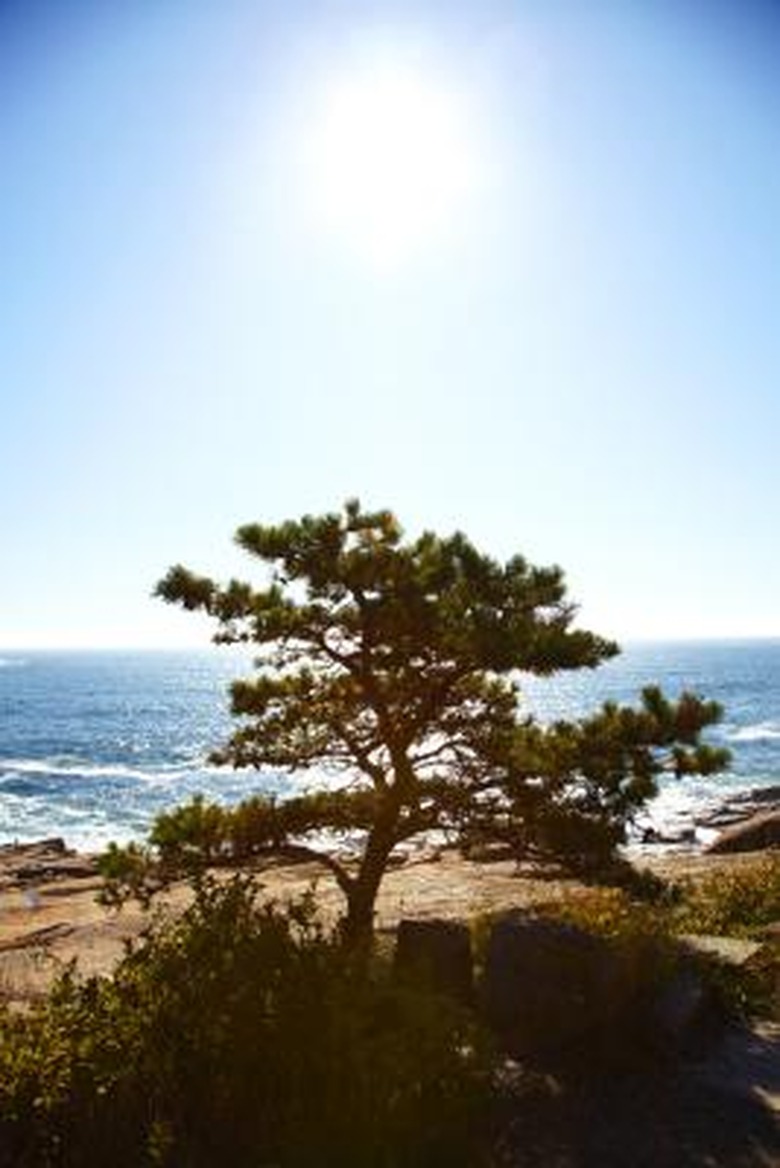Earth Day Fun Facts For Kids
Over one billion people from 180 countries around the world celebrate Earth Day every year. The Earth Day Network collaborates with at least one hundred thousand schools worldwide, making suggestions for practical student projects that will help conserve nature. Learn some facts about the history of Earth Day and of the status of the world's environment; let these inspire you to carry own your own Earth Day mission with your friends or classmates.
History
History
The first Earth Day took place on April 22, 1970 and 20 million Americans participated. Wisconsin Senator Gaylord Nelson wanted to move environmental issues to the forefront of policy. Wanting to emulate the huge protests that occurred over the Vietnam War, he recruited eco-activist Dennis Hayes to help him organize Earth Day, calling it a nationwide "teach-in".
On the first Earth Day, bell-bottom clad participants and students exhibited distinctive behaviors. For example, in New York some attendees wore gas masks while sniffing flowers and trees. High school students symbolically swept public spaces with industrial-sized brooms. Fifth Avenue was closed down, from Central Park to 23rd Avenue, and was filled with citizens concerned for the Earth. In Richmond Virginia, organizers handed out bags of soil, symbolic of the cleaner Earth they desired. To protest against oil spills, Washington participants spilled oil onto the sidewalks (See References 2).
Legacy
Legacy
By the end of 1970, the United States Environmental Protection Agency (EPA) formed. National Geographic quotes Senator Nelson as saying that within 10 years of the first Earth Day, 28 laws related to environmental issues were passed or modified in America. These included the passing of the Clean Water Act and improvements to the Clean Air Act.
The Earth
The Earth
The Earth is humongous, having a diameter of 7,926 miles. It orbits around the sun at a speed of 18.5 miles per second or 67,000 miles per hour. Seventy-one percent of the Earth's surface is water; the Pacific Ocean makes up 70 million squared miles of that coverage. The force of gravity is so strong that you would need to travel at a speed of at least seven miles per second to escape it. Approximately two million species of animals, plants and other organisms have been identified and named; it is estimated that approximately 50 million species have yet to be identified.
Incentives to Recycle
Incentives to Recycle
If everyone in the United States recycled their newspapers, the lives of 41,000 trees would be spared. One single tree can detoxify the air of up to 60 pounds of pollutants.
To make an aluminum can from recycled materials takes only five percent of the energy normally needed to make a can, an energy savings of 95%. The energy saved by recycling just one aluminum can is enough to power a television set for three hours.
Recycling glass bottles allows the energy consumption for new glass products to be cut in half.
Cite This Article
MLA
Brunet, Michelle. "Earth Day Fun Facts For Kids" sciencing.com, https://www.sciencing.com/earth-day-fun-kids-7991613/. 22 November 2019.
APA
Brunet, Michelle. (2019, November 22). Earth Day Fun Facts For Kids. sciencing.com. Retrieved from https://www.sciencing.com/earth-day-fun-kids-7991613/
Chicago
Brunet, Michelle. Earth Day Fun Facts For Kids last modified March 24, 2022. https://www.sciencing.com/earth-day-fun-kids-7991613/




